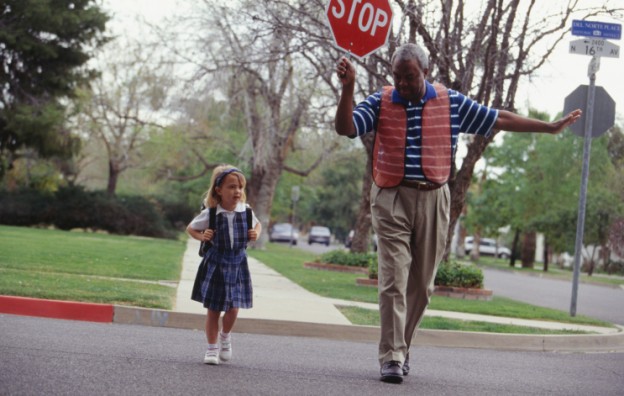
Resources  Practicing Street Crossing is an iPad and iPhone App that retails for $1.99 on Apple's iTunes Store that creatively teaches players how and where to cross the street safely.
Practicing Street Crossing is an iPad and iPhone App that retails for $1.99 on Apple's iTunes Store that creatively teaches players how and where to cross the street safely.


Traffic Safety For Children With Special Needs
Traffic-related mishaps account for a large number of deaths and injuries amongst our society's children and youth. When a child has special needs, the risk factor can increase dramatically due to several factors including:- Lack of awareness of danger
- Heightened distractibility
- Difficulty or inability to filter out background stimuli
- Higher levels of impulsivity
- Higher levels of restlessness and lower levels of patience (e.g. being able to "wait")
- Greater cognitive and learning challenges
Teach your child how to wait
When it comes to sitting quietly in a restaurant until family members finish their meals, having a turn on the swings at the playground, or crossing the street safely, waiting is an important skill for every person to have. Having said that, it can also be a difficult one for many individuals who have special needs to acquire on their own. Here is a great video resource that can help you teach your child how to wait.Utilize technology and virtual reality
Research emanating from Israel and the US has demonstrated the effectiveness of virtual learning, proving not only that students with special needs can make progress by way of computer-based traffic simulations, but more importantly, that their learning generalizes or transfers over to real-life situations.Do2Learn's Street Safety Page features free downloadable songs, videos and an activity page.
 Practicing Street Crossing is an iPad and iPhone App that retails for $1.99 on Apple's iTunes Store that creatively teaches players how and where to cross the street safely.
Practicing Street Crossing is an iPad and iPhone App that retails for $1.99 on Apple's iTunes Store that creatively teaches players how and where to cross the street safely.





